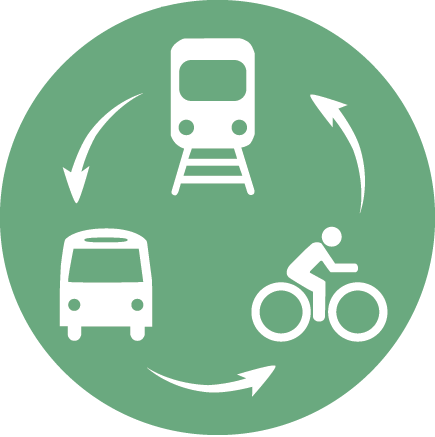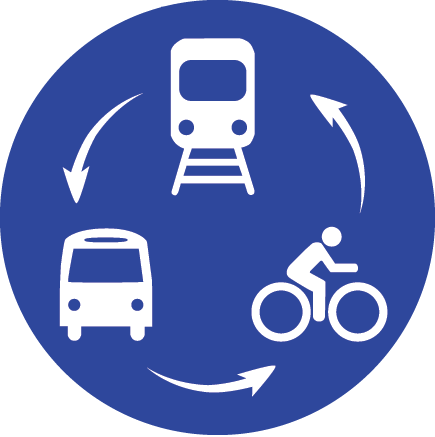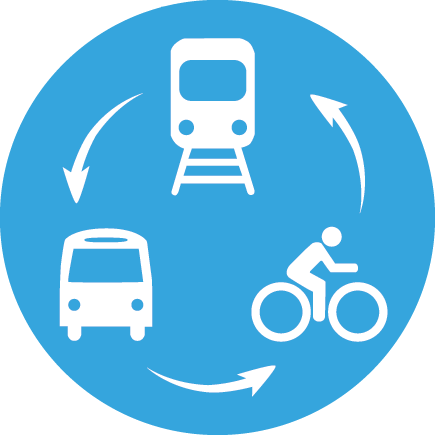ST-1.4 Urban Rail Transit
This folder includes any project that provides a dedicated guideway for (exclusive or shared) operation of transit vehicles. Both rail and bus projects may fall into this category, though it is worth noting that Bus Rapid Transit projects are more likely to be found in ST-1.2 Bus Rapid Transit (BRT).


